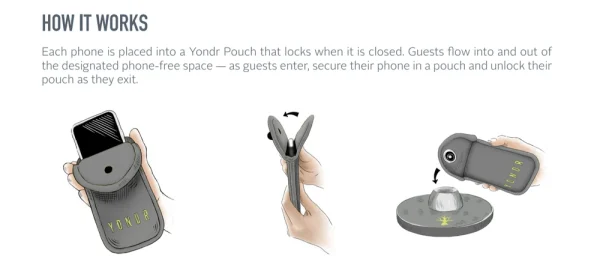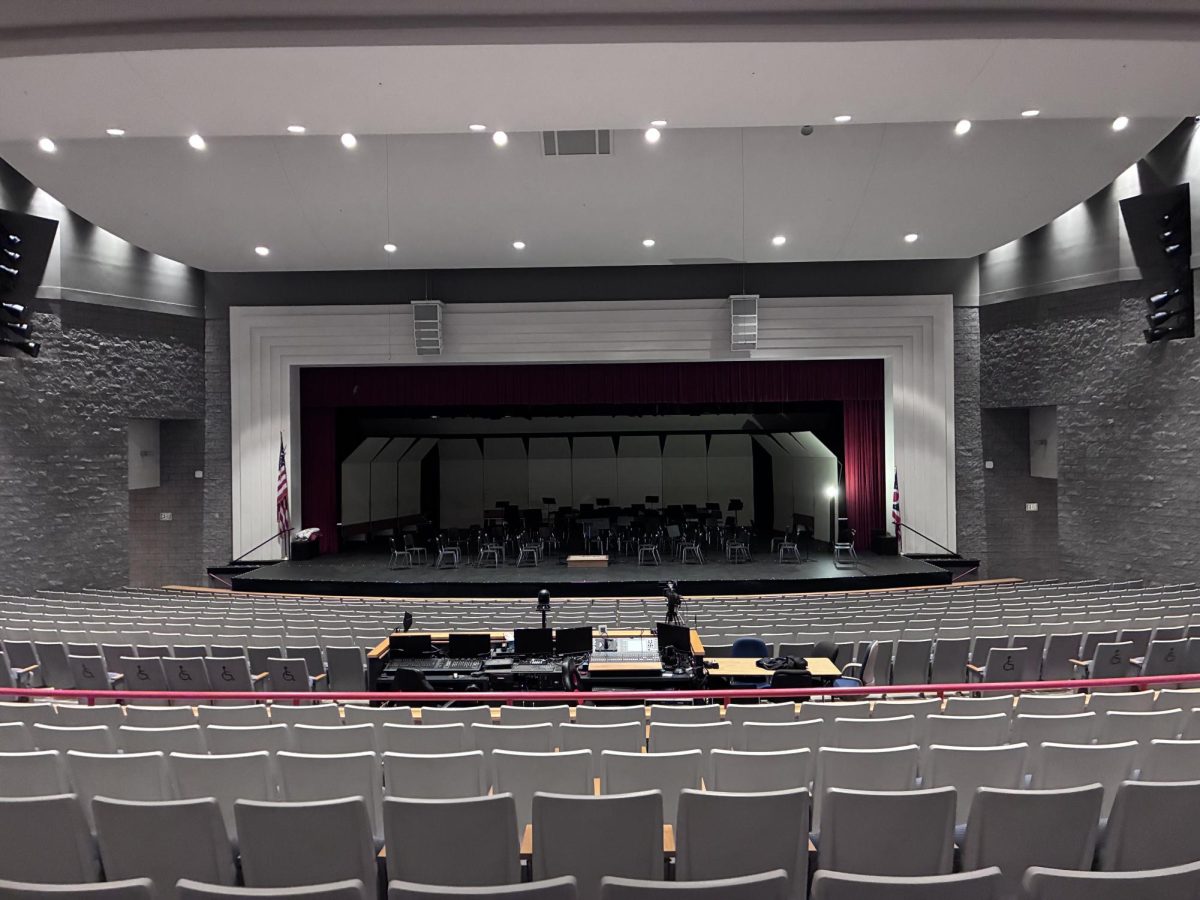Rings, dings, and pings are the noises that used to reverberate throughout the halls and classes of Mentor High School. Students receive about one notification every five minutes. No longer, however, can these sounds proliferate in our school. On February 26th, 2024, the use of earbuds and cellphones in class became prohibited. This move was made in an effort to reduce the distraction of technology in the educational workplace. Initially, the news shocked the students. Can the school really do this? How am I going to survive without my phone? “FOMO! FOMO!,” the students cried out. The student body thought the penalty for using a phone while looking at it was “too harsh” because they would only get one warning before being sent to CLC.
Habits
Since the 1990’s, phones have been portable and used inside classrooms. However, they didn’t become a real issue until 2015.
In a contemporary survey, over 97% of teenage students said they used their phones during the school day. Such a substantial percentage proved to be particularly concerning to the administration of Mentor High School.
As the years progress, and teenagers continue to be absorbed in their screens, the motivation and attention spans of students have decreased substantially. Such pernicious consequences were exacerbated by the COVID-19 pandemic, which had repercussions on the lifestyles of many. Among the most disheartening consequences of the events in the past few years has been the rise of short-form media, and the increasing addiction to this form of content, especially by the younger generations. Short-form videos have been shown to have profoundly destructive impacts on the attention span of users and exacerbate their tendency to procrastinate. Since the pandemic, students’ attendance and grades have also suffered.
It has been said it takes thirty days to form a habit. Now make that three years of constant scrolling. Due to habit and inability to concentrate, students have been using cell phones in class to fulfill their dopamine cravings.
Is Mentor’s ban that bad?
Mentor High School is not the only school to ban phones and they will not be the last, with 77% of schools banning cellphones during school hours. In 2023, another Ohio high school, Akron High School enacted a ban on cell phones. Further, the district purchased a product called “YONDR pouches.” Students were instructed to put their cellulardevices in this pouch, which was only unlocked with a magnet. Upon the closing bell of the school day, the pouch could be unlocked, and students were free to continue to scroll as they traveled home.

Those who support cell phone bans in schools claim that these devices cause distractions that impair concentration, expose students to harsh content, escalate cyberbullying and other disciplinary issues, harm students’ physical and mental health, and promote cheating.
One on One with Principal Crowe
Cardinal Nation: Firstly, why do you and other administrators think this plan is crucial to Mentor High Students?
Principal Crowe: Limiting distractions in class can help the overall learning experience for our students. Our “No Cell Bell to Bell” plan is not only to address students who openly do not follow the rule of no cells in class, but also for the student who is using their cell phone under their table or behind their device screen throughout the class. These distractions have a negative impact on a student’s learning experience. This will ideally allow our teachers to focus on instruction rather than being the cell phone police; however, initially I understand teachers and staff will be monitoring cell phones use at an increased level.
Cardinal Nation: What type of accommodations would we expect to see with students that have 504 plans or IEP’s?
Principal Crowe: The accommodations included in a 504 plan and an Individualized Educational Plan (IEP) will be followed and are specific to the individual student Jason Crowe, Mentor High Principal need. Sometimes the accommodations are for learning needs and other times they can be medical.

Cardinal Nation: You state in your address that it will “decrease” cyber bullying. So admitting there is a problem, is there any other actions the school is going to take other than not allowing phones in class?
Principal Crowe: National data regarding negative behaviors occurring online and cyberbullying for teens indicates it continues to be a problem our students face. Our unit principals receive reports of inappropriate online behavior between students (Snapchat, TikTok, text messages, etc.) that they investigate and help by intervening between the parties. We will be exploring this topic through digital citizenship lessons this spring.
Cardinal Nation: Why do you believe phones have become such a distraction in recent years?
Principal Crowe: I think it’s a combination of social media, the need to stay connected with others, gaming platforms and an overall dependence on one’s cell phone has led to more distractions.
Cardinal Nation: Lastly, students are concerned about the “harsh punishment” of being sent to CLC if they go on their phones during class. What do you have to say about this?
Principal Crowe: I hope our clear communication of the school-wide expectation of “No Cell Bell to Bell” that cell phones are not used in class helps to put students in a position to not use their cell phones during class time. Those that break the rule regarding use of cell phones during instructional time rather than waiting to use phones during non-instructional times (ex. class changes, lunch, study hall) will unfortunately be sent to CLC.
Thoughts a Year Later
Cardinal Nation spoke to some students now that we are one year after the policy has gone into effect. Upperclassmen were questioned because they experienced both a school landscape where cell phones remained free-roaming and one where they were banned during class periods.
Juliana Nichols and Ayesha Faruki both said that they think enforcement is sometimes inconsistent.
“I think that the cell phone policy is not as harmful to students as we thought it would be,” Nichols adds, however.
Junior Nathan Colagross says, “the policy can be a burden at times” if students are completed with their work and want something to do but that “it is a good preventative tool to keep students off their phones as much as possible.”
End Game
Teachers and students can complain, vent, rant, oppose, support, back, and promote such changes, but it is essential to note that Ohio law now requires all schools to adopt a policy that regulates the usage of cellular devices by students during school hours. These changes went into effect by July 1, 2025. The law requires that districts “emphasize” student cell phone usage being as limited as possible, “reduce” cell-phone related distractions in the school environment, and “may permit” students to use cell phones for health concerns or specific learning purposes.








